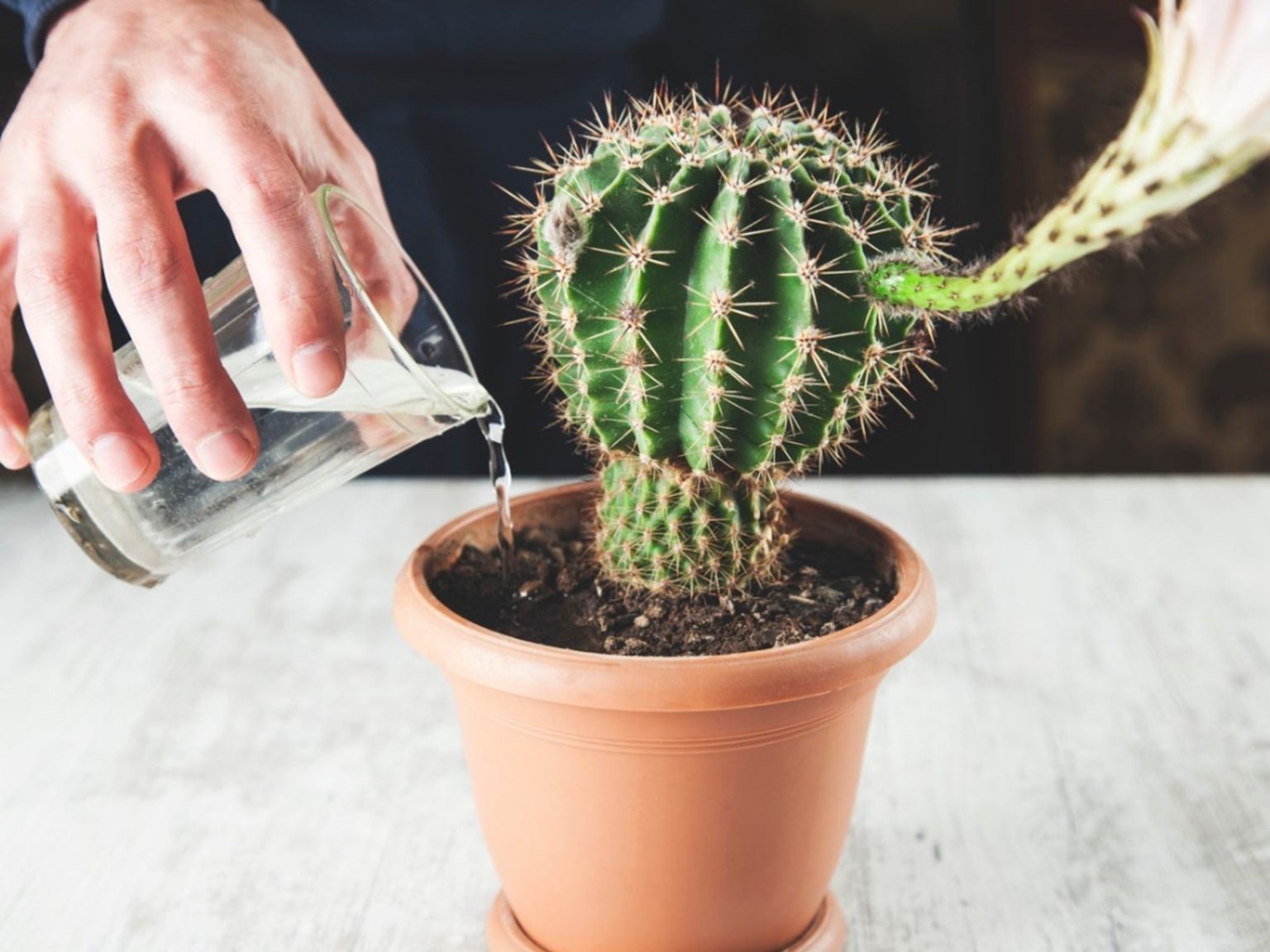Watering a cactus requires an understanding of its natural habitat and specific needs. Cacti are renowned for their resilience and ability to thrive in arid environments. However, adequate water management is still crucial to their health. Ensuring a well-planned watering schedule fosters robust growth and longevity in these unique plants.
First, it is essential to understand that various factors influence how often you should water your cactus, including species, climate, potting medium, and growth stage. By tailoring your approach to these determinants, you can cultivate a thriving cactus garden and avoid the pitfalls of either under-watering or over-watering.
In this article, we will delve into the nuances of cactus care, focusing on the optimal watering schedule to ensure vibrant and healthy specimens.
Identifying Your Cactus Species
The diverse taxonomy of cacti encompasses over 2,000 species, each adapted to its specific environment. Some cacti, such as the Saguaro or the Golden Barrel, have distinct watering needs due to their natural habitats. It is crucial to identify your cactus to develop an appropriate watering routine.
For instance, desert cacti, like the popular Echinocactus, typically require infrequent watering as they are accustomed to extended periods of drought. In contrast, tropical cacti, such as the Christmas Cactus, thrive in humid conditions and require more frequent hydration. Understanding your cactus’s heritage will provide a solid foundation for successful care.
Factors Influencing Watering Frequency
Several factors directly affect how often you should water your cactus. Recognizing this interplay can lead to more effective watering practices.
Climate Conditions
Your local climate significantly determines the watering schedule for your cactus. In hotter, drier conditions, cacti will lose moisture more rapidly. Conversely, cooler and more humid environments might necessitate less frequent watering. Observing the weather patterns can guide your watering frequency. In general, a cactus may need to be watered every two to four weeks in summer and once a month or less in winter, but adjustments based on climate conditions are key.
Soil Composition
The type of soil in which your cactus is potted plays a vital role in watering needs. Cacti flourish best in well-draining soils that prevent moisture retention. A mix of potting soil designed for cacti and succulent plants typically provides the right balance of aeration and drainage. Soils that retain too much moisture can lead to root rot, while excessively sandy soils may require you to water more often due to rapid evaporation. Regularly check your soil composition and adjust your watering frequency accordingly.
Growth Stage
Understanding the growth stage of your cactus is paramount when establishing a watering routine. Young cacti, which are still developing their root systems, require increased hydration to support their growth, while mature cacti usually have an established root network that enables them to go longer periods without water. Typically, during the active growing season (spring and summer), these plants may need more frequent watering, while during dormancy (fall and winter), the watering schedule should be significantly reduced.
Crafting the Perfect Watering Schedule
After assessing the factors influencing your cactus’s watering needs, you can develop a personalized watering schedule.
Watering Techniques: Strategies for Success
When watering your cactus, the technique you employ is equally important as the frequency. The best approach is to water deeply but infrequently. Ensure that water reaches the root zone, allowing it to absorb moisture effectively. When the top inch of the soil feels dry, it’s a safe indication that it’s time to water.
Watering in the morning is generally advisable; this timing allows the plant to absorb moisture throughout the day while reducing the risk of fungal infections associated with nighttime watering. Ensure that excess water drains through the pot’s drainage holes to prevent root rot, a common issue for cacti.
Signs of Under-Watering and Over-Watering
As you establish your watering routine, it is vital to be vigilant about the signs of both under-watering and over-watering. Under-watered cacti may show signs of wilting, shriveling, or discoloration, while over-watered specimens often exhibit yellowing or mushy tissue, accompanied by a foul odor in the soil.
Adjust your watering schedule based on these signs. If your cactus appears unhealthy, don’t immediately resort to an extreme change in watering habits. Gradually modify your routine until you find a sweet spot that promotes optimal health.
Long-Term Cactus Care: Seasonal Adjustments
Your cactus’s requirements are not static; they change according to the seasons. As temperatures fluctuate, you may need to adjust your watering regimen accordingly. For instance, during the hot summer months, increase watering, while in the cooler months, reduce the frequency significantly, allowing the plant to rest.
In summary, establishing a well-informed watering schedule tailored to your specific cactus species and local conditions is critical for healthy growth. By considering the various factors affecting watering frequency and employing suitable techniques, cacti aficionados can rest assured that their green companions will thrive in both indoor and outdoor environments. Consistent observation will allow you to adapt your practices to nurture these remarkable plants effectively.





Leave a Comment